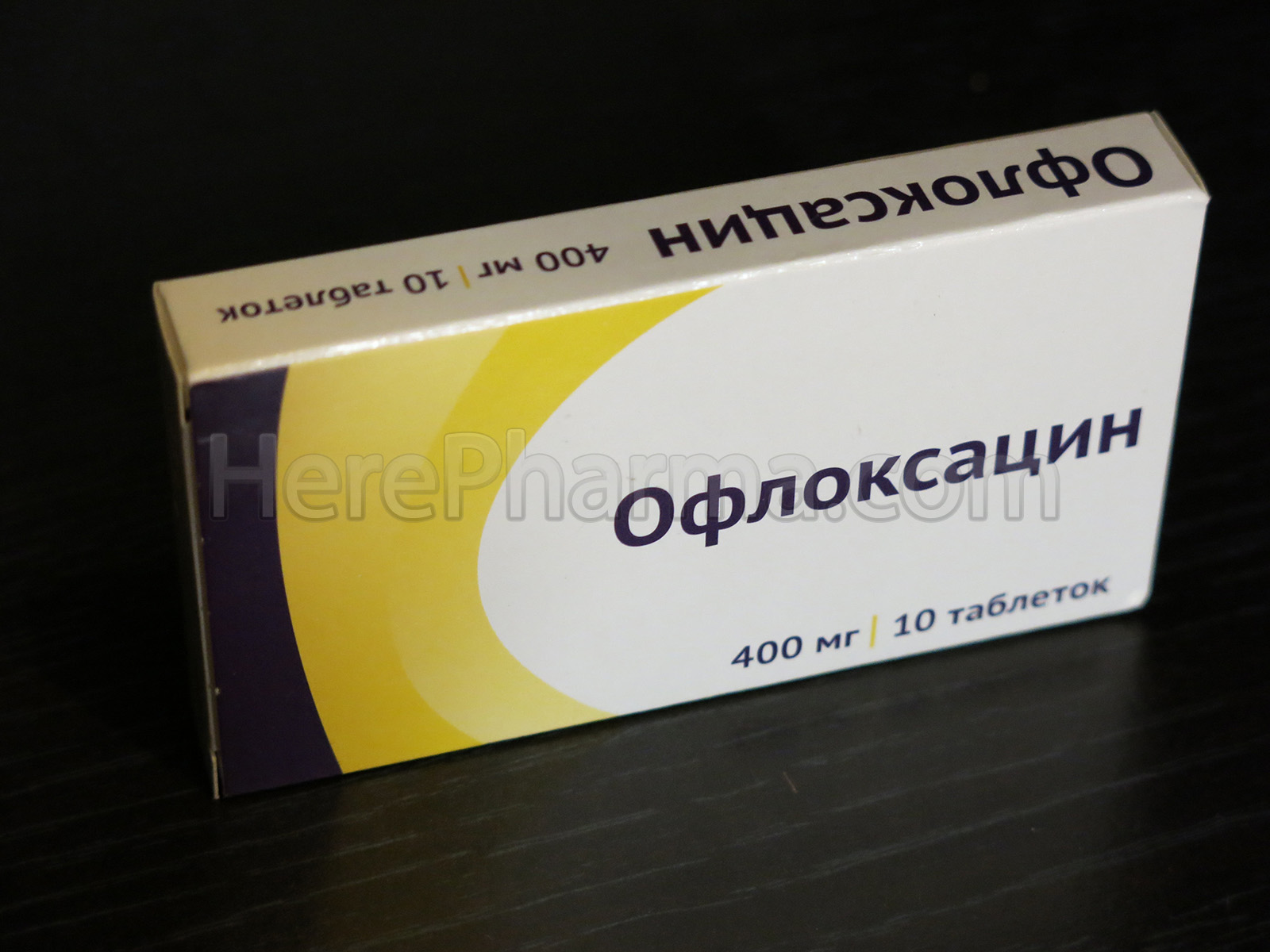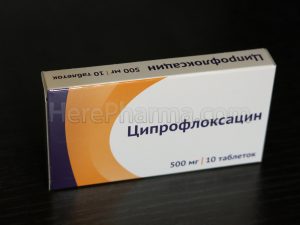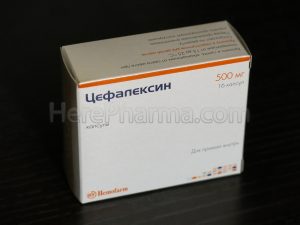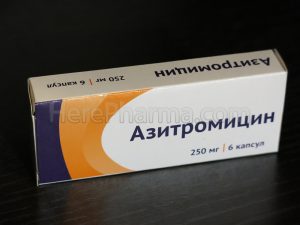$21.00
Description
Ofloxacin 400mg – 30 tablets (3 packs of 10 tablets)
Pharmacological action
Broad-spectrum fluoroquinolone antimicrobial agent. The bactericidal effect of ofloxacin is associated with the blockade of the enzyme DNA gyrase in bacterial cells.
Highly active against most gram-negative bacteria: Escherichia coli, Salmonella spp., Shigella spp., Proteus spp., Morganella morganii, Klebsiella spp. (including Klebsiella pneumoniae), Enterobacter spp., Serratia spp., Citrobacter spp., Yersinia spp., Providencia spp., Haemophilus influenzae, Neisseria gonorrhoeae, Neisseria meningitidis, Mycoplasma spp., Legionella pneumophila, Acinetobacter spp., as well as Chlamydia spp.
It is active against some gram-positive bacteria (including Staphylococcus spp., Streptococcus spp., especially beta-hemolytic streptococci).
Enterococcus faecalis, Streptococcus pneumoniae, Pseudomonas spp are moderately sensitive to ofloxacin.
Anaerobic bacteria (except Bacteroides ureolyticus) are not sensitive to ofloxacin.
Resistant to β-lactamase.
Pharmacokinetics
Once inside quickly and completely absorbed from the gastrointestinal tract. Eating slightly affects the degree of absorption, but can slow down its speed. Cmax in blood plasma is achieved after 2 no.
Protein binding-25%. Ofloxacin is widely distributed in tissues and body fluids (organs of the urinary system, genitals, prostate, lungs, ENT organs, gallbladder, bones, skin).
Excreted in the urine in unchanged form (about 80% in 24 h). Concentrations of ofloxacin in urine significantly exceeded MPC90 for most microorganisms after the last dose (300 mg 2 times/day for 14 days). A small part of the active substance (about 4%) is excreted in the feces. T1/2 is 6 no. in elderly patients with CC on average 50 ml / min may increase T1 / 2 to 13.3 no.
Indications
Infectious and inflammatory diseases caused by microorganisms sensitive to ofloxacin, including: diseases of the lower respiratory tract, ear, throat, nose, skin, soft tissues, bones, joints, infectious and inflammatory diseases of the abdominal cavity (except bacterial enteritis) and pelvis, kidney and urinary tract infections, prostatitis, gonorrhea.
Dosage regimen
Individual. The daily dose is 200-800 mg, the multiplicity of 2 times/day. For patients with impaired renal function (CC 20-50 ml / min), the first dose is 200 mg, then 100 mg every 24 no. with CC less than 20 ml / min, the first dose is 200 mg, then 100 mg every 48 no.




